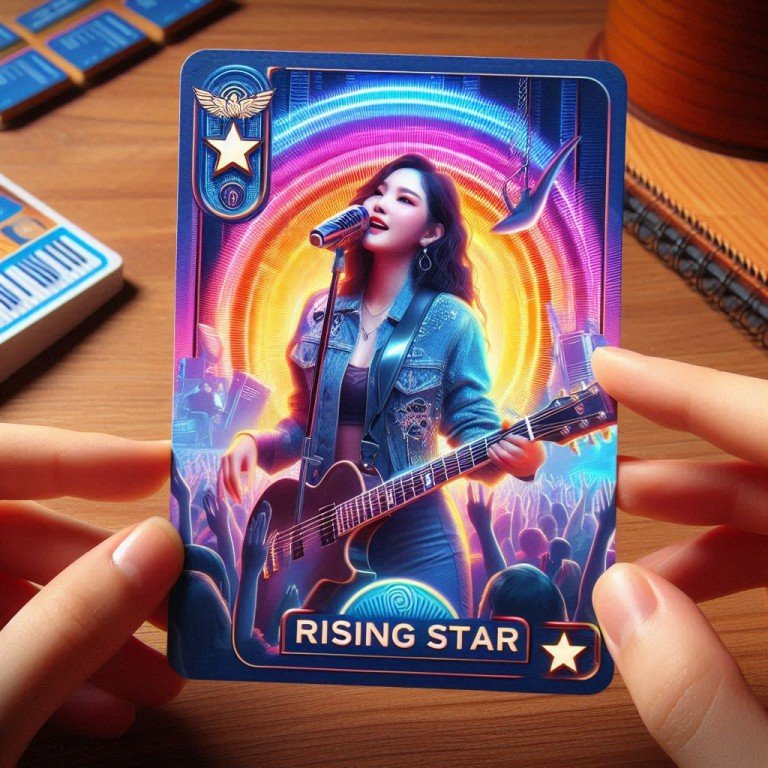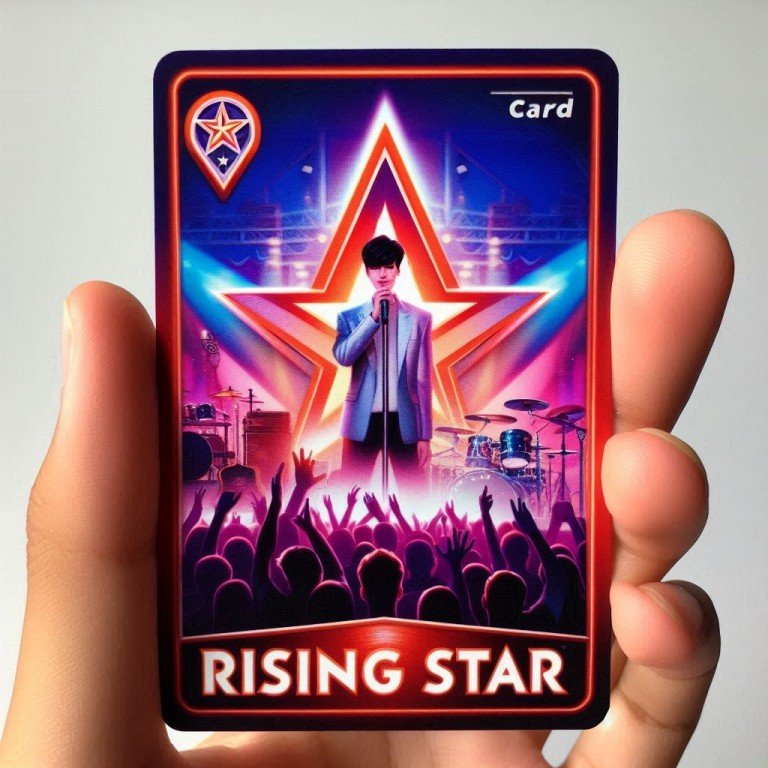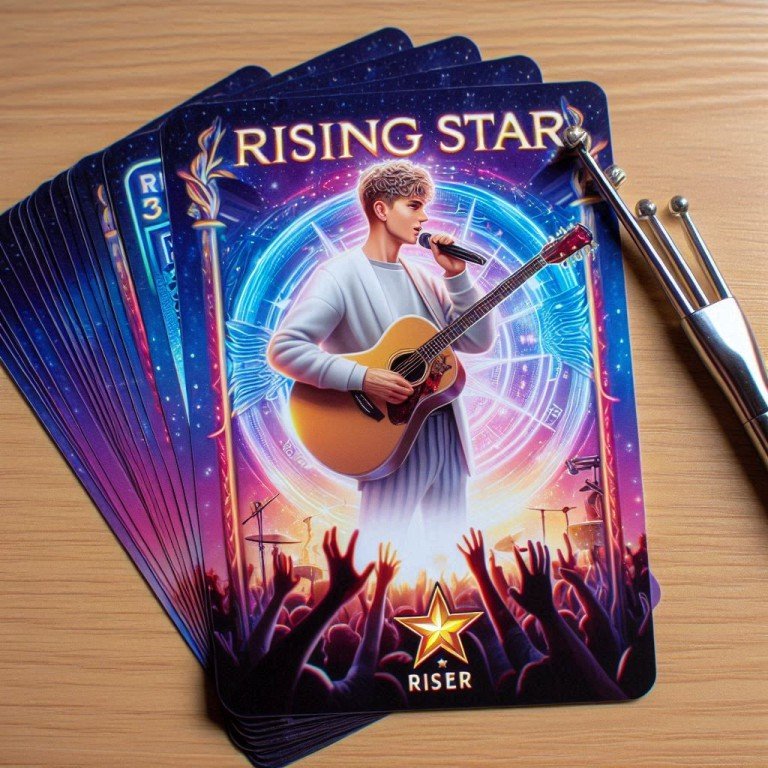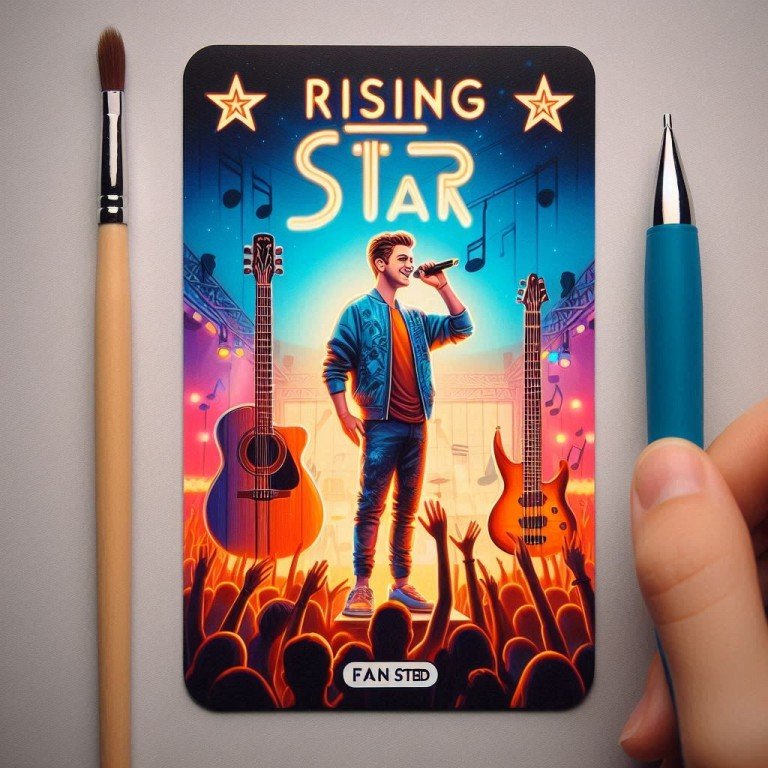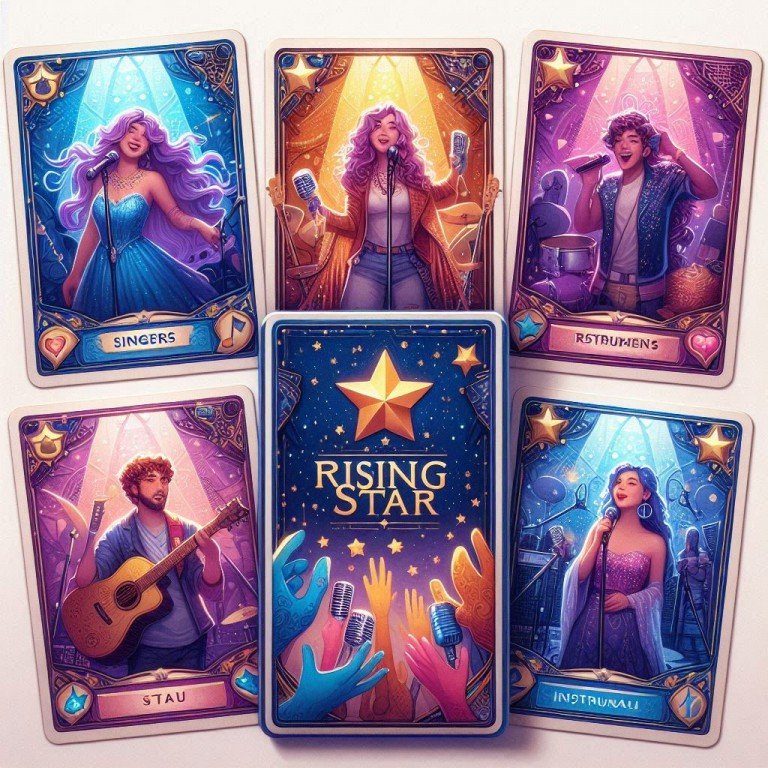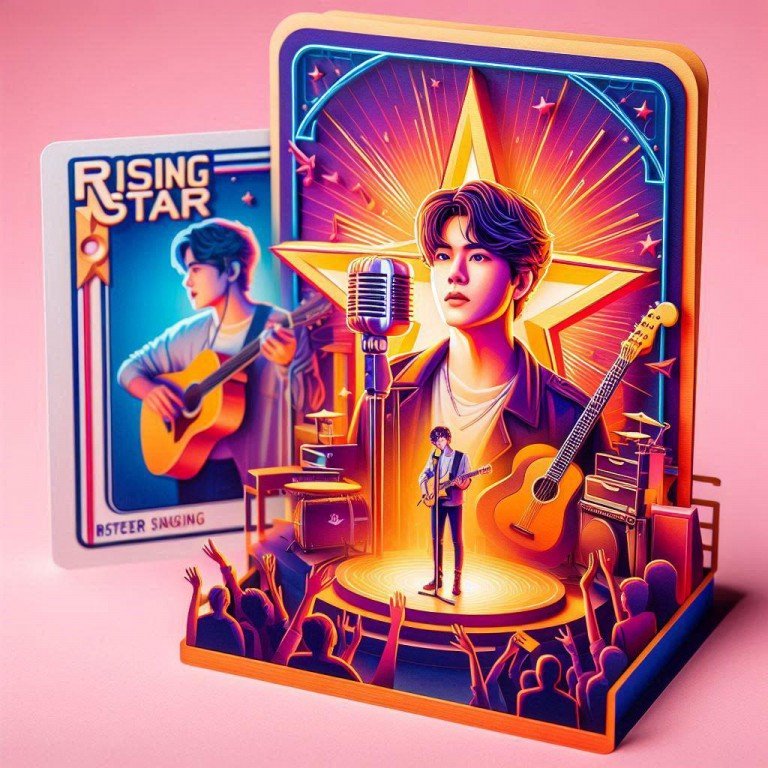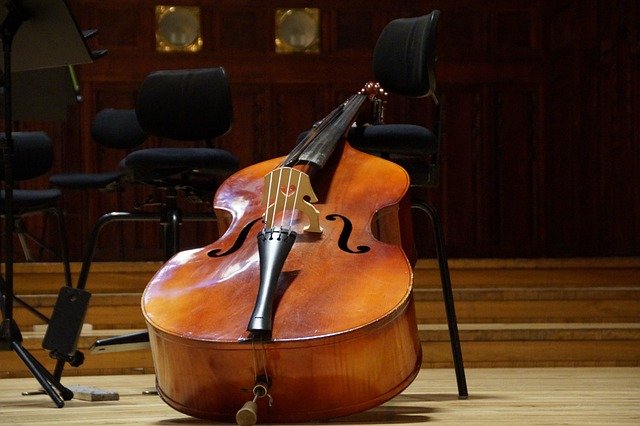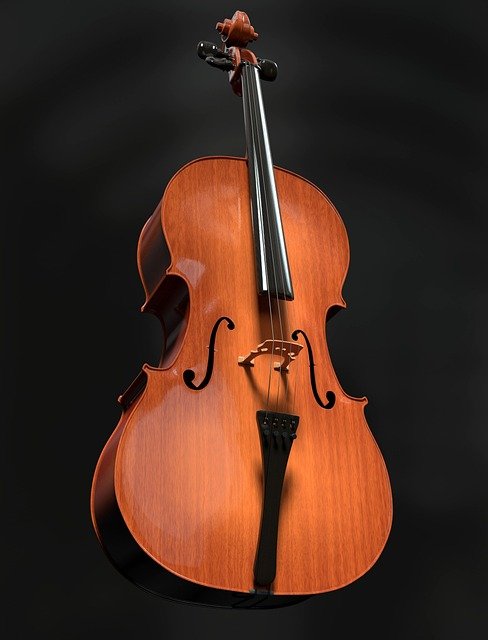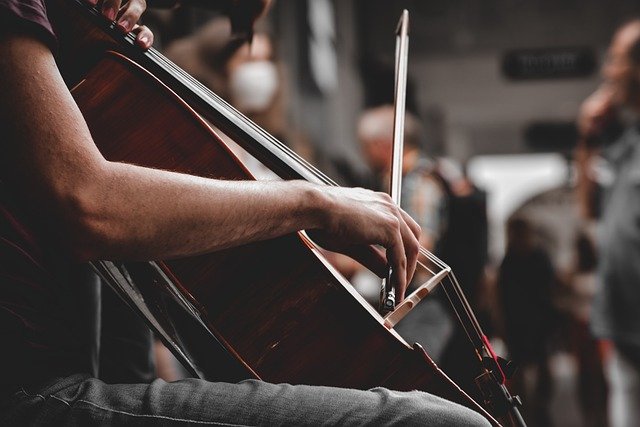Greetings to all my dear Rising Star friends, today I am very happy to share with you a new article on my blog. I want to tell you some interesting facts about a very interesting instrument, I am referring to the Double bass. And, as usual, at the end of the post I will present you some fan art that I have created, inspired by our beloved game, Rising Star. Without further ado, let's begin.
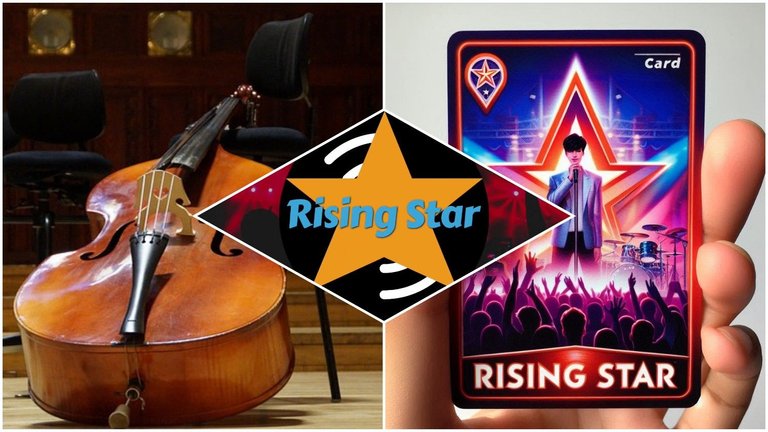
Source: Canva
Well, friends, let's start at the beginning. The double bass has a history that dates back to the 16th century, which I know is quite a long time 😀. Well, when that was the first time an instrument called the violone was making its appearance. This grandfather of the double bass had more strings and was even bigger than the current double bass, imagine trying to play that 😀. However, it was during the 17th century when the double bass began to take the form and characteristics that we know today, thanks to a mixture of elements from the violin and the viola da gamba.
You should know that in its early years, the double bass was not the star of the orchestra. It was limited to reinforcing the cello part, occupying a more secondary role so to speak. But not everything was darkness for our friend. During the 18th and 19th centuries, some composers began to notice its potential. Although at first it only imitated the cello at an octave lower, little by little it gained ground. Like everything in this life, it starts from the bottom and then goes up. It is the natural order of things 😀.
When did the situation of the double bass improve? Well, if you have this doubt like I did at the time, you should know that the situation of the double bass improved a lot thanks to Domenico Dragonetti. This gentleman was nothing more and nothing less than the first virtuoso of the instrument. Dragonetti, in addition to playing this instrument very well, helped to give it a more prominent role in the contemporary orchestra. Thanks to him, and others like Giovanni Bottesini, the double bass began to be considered a worthy instrument and more complex compositions. The truth is that each musician always does his bit to popularize an instrument.
- And now we are going to speed up time a little, because otherwise we would need more than one publication 😅. During these centuries, time went by and obviously the double bass gained notoriety in the main European capitals. Composers like Beethoven, Wagner and Tchaikovsky began to write more elaborate parts for it, giving it a new lyricism and depth. The inclusion of thinner strings and other advances in its construction made it more manageable. It can be said that from here the world fame of the double bass truly begins. But that is not all.
It had another time of fame and it was in the second half of the 20th century, that is to say the past in which we find ourselves today. It gained more fame especially thanks to jazz. This genre allowed double bass players to shine with solos. (That is what this technique is called). Names like Charles Mingus are among the most recognized of that time.
The double bass is the second largest and lowest of the chordophone instruments, only surpassed by the octabass, which produces sounds two octaves lower.
Although most double basses have four strings, there are also three- and five-string versions, tuned in different ways to extend their range.
The "pizzicato" technique, which consists of plucking the strings with the fingers, is a popular way of playing the double bass, especially in jazz.
As a final curious fact, you should know that contrary to what some believe, the double bass is not the largest and lowest instrument in the stringed instrument family. That title is held by the octobass, a giant invented by the French luthier Jean Baptiste Vuillaume in the 19th century. This colossal instrument has three strings and measures approximately 4 meters. It is said that its sound is so deep that it reaches notes two octaves lower than those of the double bass. Did you know that? I read your answer in the comments.
Rising Star Fan Art
Now, changing the subject, I present my post #70 about some of the fan art I've made with the help of DALL-E, inspired by our beloved game, Rising Star. In this post, I've used the card theme again along with several elements of the game. For example, I've added the star, some instruments and singers to give more personality to the images. Some of the images also have futuristic and retro touches, and I've added stages and concerts to give it a special touch.
The images are free to use, so you can use them from this post without any problem. I reiterate that they have been made by me with the help of DALL-E.
I hope you enjoyed this journey through the history and curiosities of the Double bass. And that you liked the fan art. See you in a new post. Until next time friends, greetings to all.
